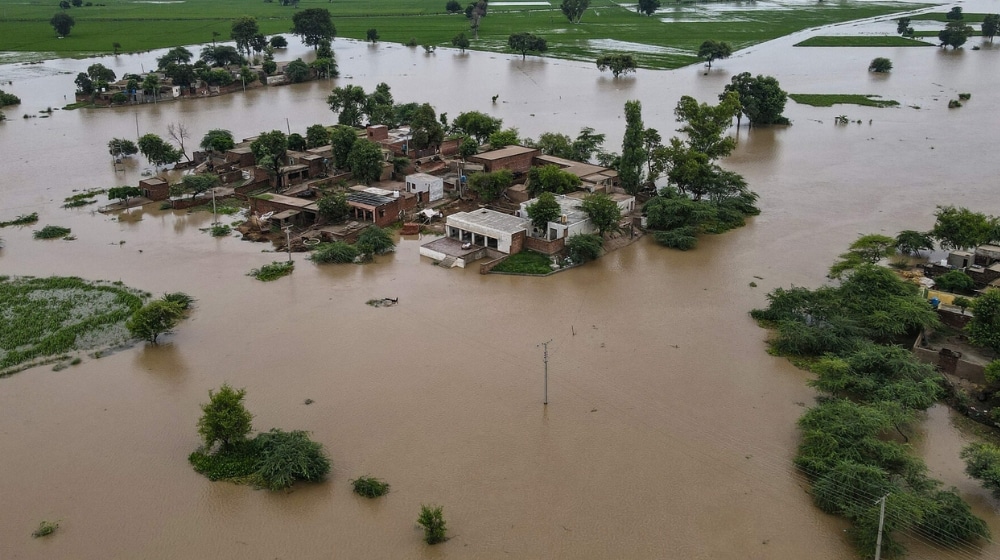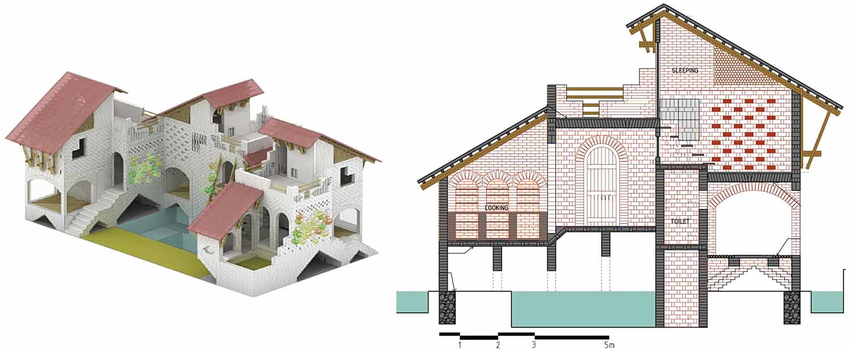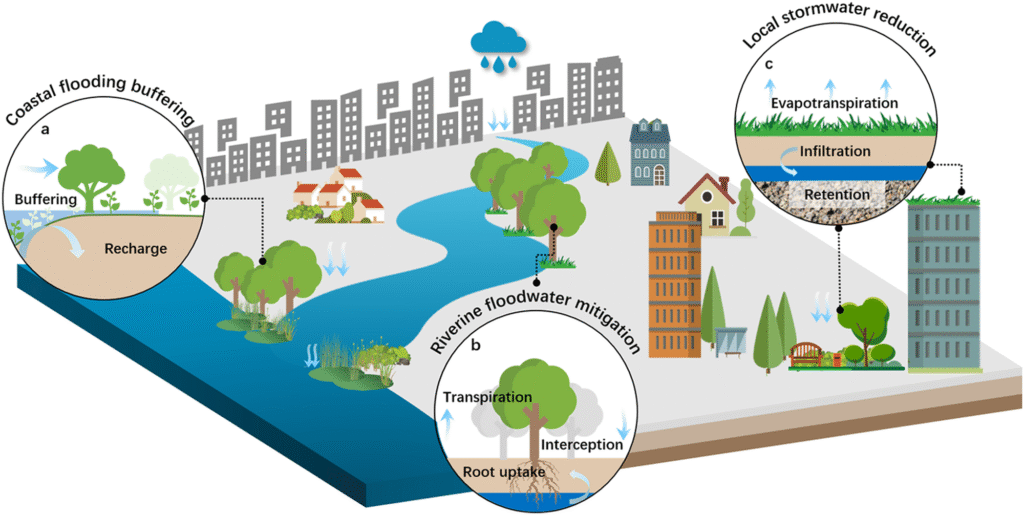Floods have always been part of Pakistan’s story, leaving behind destruction but also resilience. From the devastating flood in 1988, when the River Ravi overflowed and submerged thousands of villages, to the more recent 2022 disaster in Swat, where entire valleys were washed away, these events remind us how unprepared our built environment often is. Millions of people have been forced to leave their homes, losing property and security. Today, as another wave of floods strikes Punjab and urban areas like Lahore’s Park View City, the question is no longer just about survival—it is about how we design for survival.

When most people think of architects, they imagine tall towers or modern homes. But in reality, architecture is about shaping spaces for human safety and well-being. In a country like Pakistan, where monsoon rains and glacial melts frequently cause flooding, architects have a moral responsibility to design flood-resilient structures and urban layouts.
Designing Flood-Resilient Homes
Architects can help reduce flood damage through flood-resistant housing design. This includes raising the foundation level (plinth) above known flood heights, using stronger yet affordable local materials, and ensuring layouts allow water to flow around homes instead of through them. More

Urban Planning and Flood Prevention
Flood management is not just about individual homes—it is also about city-scale planning. Urban drainage systems must be designed to handle heavy rainfall. Permeable pavements, green belts, and rainwater retention ponds reduce waterlogging. Architects, working with engineers, can redesign urban spaces so that water finds safe channels to flow away, instead of stagnating in streets. More

Technology and Flood Monitoring Instruments
Today, architects can incorporate flood-mapping tools and instruments into their work. These include GIS-based flood hazard maps, satellite imagery, hydrological modeling, and soil moisture sensors. These instruments allow architects and planners to identify which areas are high-risk for flooding. More

Role of Architects in Emergency Response
When floods hit, the immediate need is safe shelter. Architects can design modular, low-cost, and transportable shelters for displaced families. After the 2022 Swat floods, thousands of people were left without housing for months. A well-prepared architectural response could have provided quick, safe spaces for survival.
Human Role Alongside Architects
Architecture cannot work in isolation. Communities also play a role by demanding safer construction methods, avoiding risky construction in floodplains, and participating in awareness programs. Architects, in this sense, act as designers and educators, guiding communities toward safer futures.
FAQs
No, architects cannot stop floods, but they can minimize damage through smart planning, better drainage systems, and safer construction designs.
Because it allows us to design homes, buildings, and cities that are not only beautiful but also resilient against natural disasters.
Architects and planners use GIS mapping, flood hazard maps, rainfall radars, soil moisture sensors, and river gauges to assess risks before construction.
By using cost-effective and locally available materials to build homes raised above flood levels, ensuring safer survival without heavy costs.
Communities must follow safe building practices, avoid risky zones, and stay informed about emergency evacuation and preparedness measures.
They design temporary shelters, rebuild homes, and help restore infrastructure in a way that makes it stronger for the future.
By restoring natural waterways, enforcing building codes, and using green infrastructure such as permeable pavements and rainwater harvesting.
Conclusion
Floods will not stop coming to Pakistan. But our response can change. Architects hold the power to design safer homes, stronger cities, and resilient communities. By combining modern tools with traditional wisdom and community awareness, Pakistan can prepare for the floods of tomorrow without facing the same devastation as yesterday.

